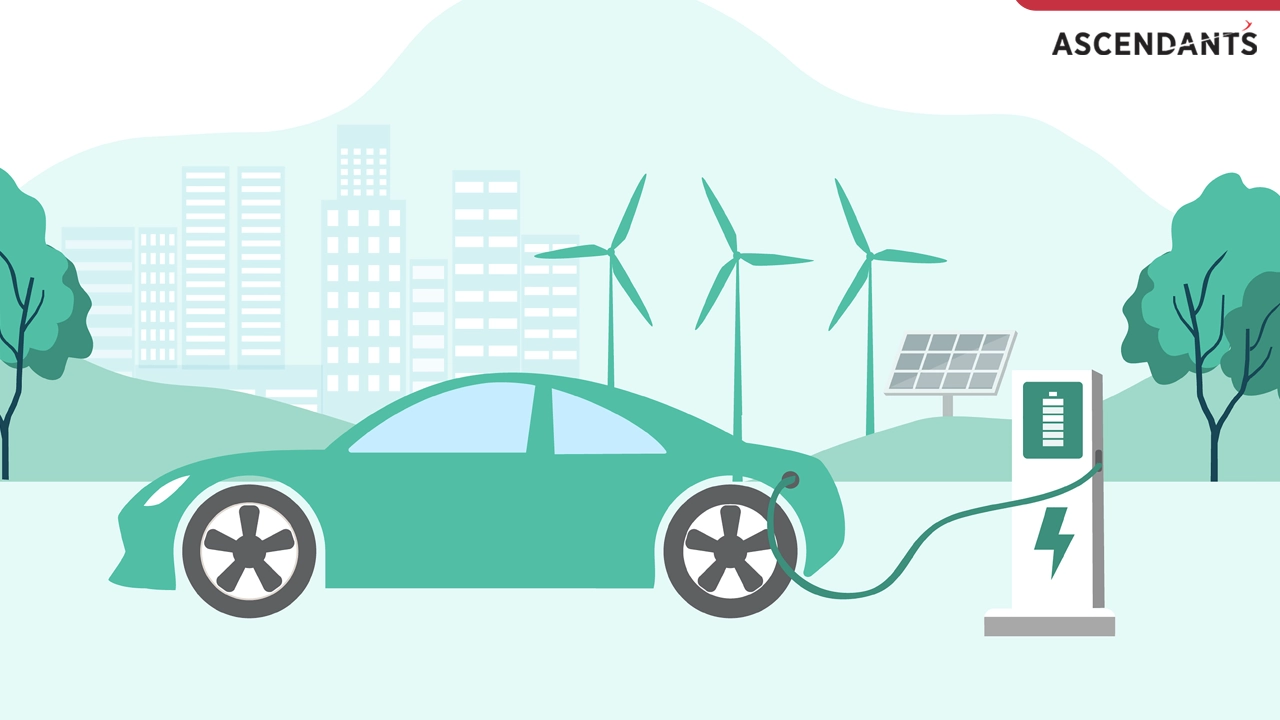On Saturday, Finance Minister Nirmala Sitharaman presented the Union Budget 2025, marking her eighth consecutive time in office. This year’s budget introduced key reforms aimed at boosting domestic manufacturing, especially in sectors like electric vehicles (EVs) and lithium-ion batteries.
Major Announcements
- Customs Duty Exemption:
- Cobalt powder, scrap of lithium-ion batteries, lead, zinc, and 12 other essential minerals will be exempted from Basic Customs Duty (BCD).
- This move is aimed at reducing the cost of raw materials for the manufacturing of EV batteries.
- Capital Goods for EV Manufacturing:
- 35 capital goods for EV battery manufacturing and 28 for mobile phone battery manufacturing will be added to the list of items eligible for customs duty exemptions.
- This will help promote the domestic production of lithium-ion batteries for electric vehicles and smartphones.
Impact on Electric Vehicles
- Battery Costs to Decrease:
- As a result of these measures, the cost of batteries will reduce, which will directly make electric vehicles cheaper for consumers.
- Batteries are a significant component of EV pricing, and this reduction will help in the overall price drop of EVs.
What the Finance Minister Said
- Promotion of Domestic Manufacturing:
- The Finance Minister emphasized supporting domestic value addition and manufacturing by establishing a National Manufacturing Mission. This mission will encourage small, medium, and large industries to contribute to clean-tech innovations.
- The government is committed to climate-friendly growth and will support manufacturing of solar PV cells, wind turbines, EV batteries, and grid-scale batteries.
Significance of the Union Budget
- The Union Budget plays a critical role in setting the direction for India’s economic growth.
- It impacts tax policies, infrastructure investments, and various sectoral plans, directly affecting both businesses and everyday citizens.
Focus on the Auto Sector
- Incentives for EV and Auto Sectors:
- The FAME (Faster Adoption and Manufacturing of Hybrid and Electric Vehicles) and PLI (Production-Linked Incentive) schemes will continue to drive investment in the EV sector.
- These incentives aim to make EVs more affordable and accessible to the masses.
- Support for MSMEs:
- The budget also includes working capital support, technology upgrades, and easy loans for the automobile MSME sector—critical for small and medium-sized enterprises involved in auto component manufacturing.
- Infrastructure Investments:
- Significant focus will be placed on infrastructure development, especially for roads and transport. These investments will directly boost the demand for automobiles.
Here’s a text-based chart representation for the Indian EV Market and Key Players that you can use to visualize data. While it’s not a visual graph, you can quickly translate this structure into a bar or pie chart on tools like Excel, Google Sheets, or any chart-making software.
Indian EV Market Growth (2020-2025)
| Year | EV Sales (Units in thousands) |
|---|---|
| 2020 | 130 |
| 2021 | 340 |
| 2022 | 630 |
| 2023 | 840 |
| 2024 | 1,100 |
| 2025 | 1,500 (Projected) |
Market Share of Key EV Players (2024)
| EV Player | Market Share (%) | Key Models |
|---|---|---|
| Tata Motors | 24% | Tata Nexon EV, Tigor EV |
| Mahindra Electric | 17% | Mahindra e2o Plus, XUV400 |
| Hero Electric | 15% | Hero Electric Optima, Photon |
| Ather Energy | 10% | Ather 450X, Ather 450 Plus |
| Ola Electric | 12% | Ola S1, Ola S1 Pro |
| BYD India | 8% | BYD e6 |
| Other Brands | 14% | Tork Motors, Bajaj, TVS, Revolt |
To Sum Up..
The Union Budget 2025 has brought transformative measures for the automobile sector and electric vehicle manufacturing. With reduced customs duties on crucial materials and incentives for the production of lithium-ion batteries, electric vehicles are expected to become significantly more affordable in India. These changes will encourage growth in the EV ecosystem and sustainable technology manufacturing.
For automobile MSMEs, the budget’s focus on working capital and technology upgrades will aid in their development and competitiveness in the global market.
This budget serves as a significant step towards advancing India’s green economy and encouraging sustainable development in the auto and energy sectors.

























